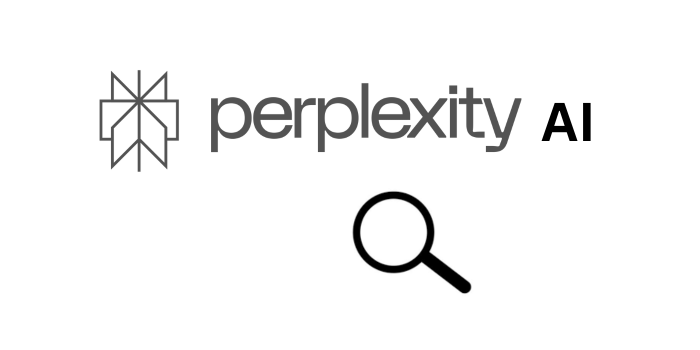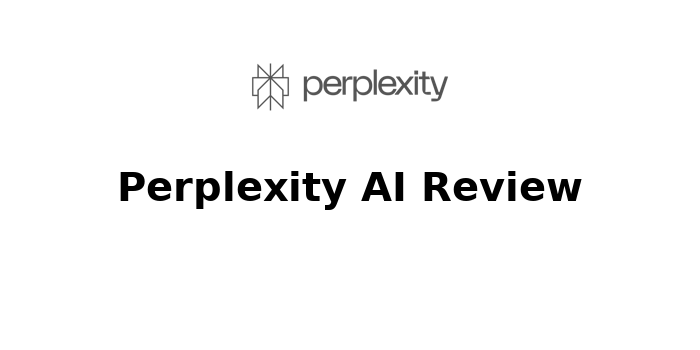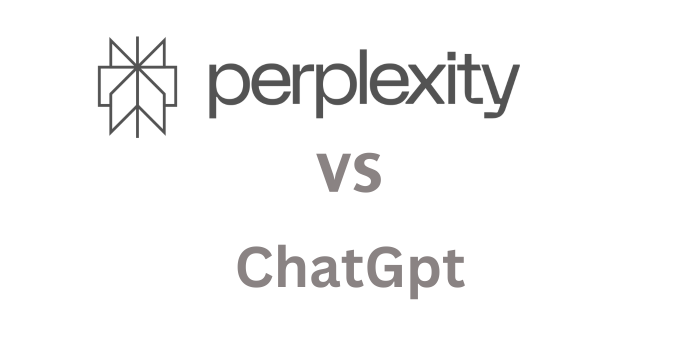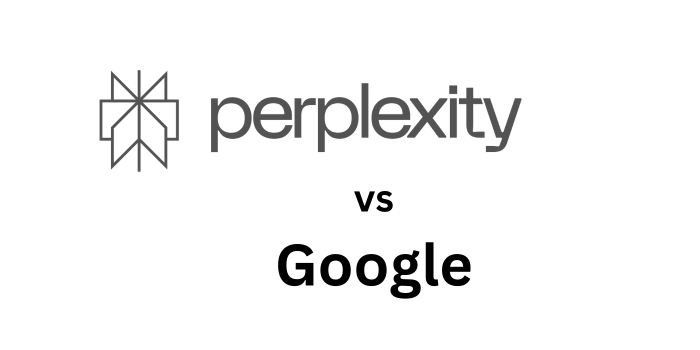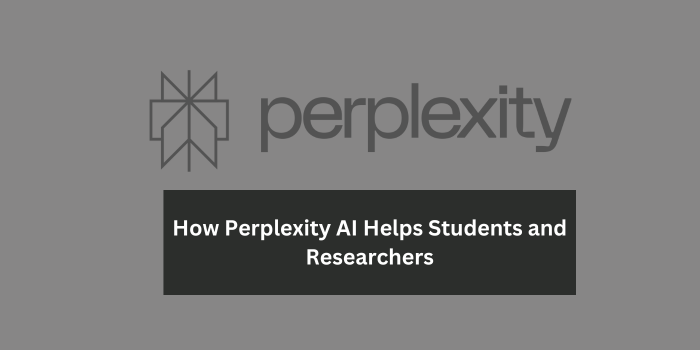Is Perplexity AI the Future of AI-Powered Search? Search engines have played a crucial role in shaping how we access information online. Google, Bing, and other traditional search engines have dominated the market for years, relying on keyword-based indexing and ranking algorithms. However, with the rise of artificial intelligence (AI), a new wave of AI-powered search tools is emerging, promising more accurate, personalized, and contextual search experiences.
One of the most talked-about AI search tools is Perplexity AI. Designed to enhance search capabilities using natural language processing (NLP) and machine learning (ML), Perplexity AI aims to revolutionize the way we search for information. But is it truly the future of AI-powered search? In this article, we will explore the features, advantages, and potential challenges of Perplexity AI and how it compares to traditional search engines.
What is Perplexity AI?
Perplexity AI is an AI-powered search engine that leverages natural language understanding to provide direct, precise, and contextually relevant answers to users’ queries. Unlike traditional search engines that provide a list of web pages, Perplexity AI aims to deliver succinct responses, often pulling from multiple sources and presenting the most relevant information in a conversational manner.
Key Features of Perplexity AI
- Conversational Interface: Users can interact with the search engine using natural language queries, similar to chatting with an AI assistant.
- Contextual Awareness: The AI understands the context of queries and provides precise answers without requiring multiple searches.
- Multi-Source Aggregation: Instead of just ranking websites, Perplexity AI synthesizes information from various trusted sources to present a unified response.
- AI-Generated Summaries: Summarizes complex topics efficiently, allowing users to grasp key information quickly.
- Real-Time Updates: It keeps up with the latest information and provides up-to-date search results.
How Perplexity AI Differs from Traditional Search Engines
Unlike traditional search engines that rely on indexed web pages and ranking algorithms, Perplexity AI leverages deep learning and natural language processing (NLP) to understand queries in a more conversational manner. Instead of returning a list of blue links for users to sift through, it synthesizes information from multiple sources and presents a direct, well-structured response. This shift from keyword-based retrieval to intent-driven understanding allows users to obtain precise answers more quickly, reducing the need for multiple searches and enhancing overall efficiency.
1. Response Accuracy and Relevance
Traditional search engines rely on keyword-based indexing and ranking systems, which sometimes lead to irrelevant results. In contrast, Perplexity AI uses advanced NLP models to interpret the intent behind queries and deliver more accurate responses.
2. User Experience
Perplexity AI offers a more conversational and intuitive experience. Instead of requiring users to sift through multiple search results, it provides direct, structured answers, saving time and effort.
3. Elimination of Click-Through Searches
While Google and Bing rely on users clicking on links to generate ad revenue, Perplexity AI aims to remove unnecessary steps by presenting concise, useful information without requiring additional clicks.
4. Reduced SEO Manipulation
Traditional search engines can be influenced by search engine optimization (SEO) tactics, sometimes leading to biased or low-quality content ranking higher. Perplexity AI mitigates this issue by pulling information from multiple reliable sources and analyzing content quality.
Potential Benefits of Perplexity AI
Perplexity AI stands out as a revolutionary tool in the search landscape, offering enhanced efficiency and accuracy compared to traditional search engines. By leveraging AI-driven algorithms, it can provide deeper insights, summarize complex topics, and deliver precise answers in real-time. This efficiency can significantly benefit professionals, researchers, and casual users who need quick and reliable information without sifting through multiple web pages. Additionally, its ability to understand natural language queries makes searching more intuitive, reducing the learning curve for users unfamiliar with keyword-based searches.
1. Enhanced Research Capabilities
Perplexity AI can be an excellent tool for researchers, students, and professionals looking for quick, precise information. Instead of scanning through several websites, users get summarized insights instantly.
2. Improved Accessibility
Users who struggle with complex search queries or don’t know how to phrase their search terms correctly benefit from Perplexity AI’s ability to interpret and refine their queries.
3. Reduction in Misinformation
By aggregating content from credible sources and using AI-powered fact-checking mechanisms, Perplexity AI helps reduce the spread of misinformation.
4. Faster Decision-Making
Whether users are looking for product comparisons, academic explanations, or business insights, Perplexity AI accelerates decision-making by providing direct and well-structured answers.
Challenges and Limitations of Perplexity AI
Another challenge Perplexity AI faces is its dependency on AI models that may not always interpret user intent accurately. While NLP has significantly improved, there are still instances where AI misinterprets queries, leading to irrelevant or incomplete answers. Additionally, since Perplexity AI generates responses by aggregating information from multiple sources, there is a risk of bias, as it may prioritize certain perspectives over others. This can be particularly concerning in topics that require a balanced or nuanced approach, such as political issues, medical advice, or financial recommendations.
1. Reliability of Sources
While Perplexity AI aims to provide accurate answers, it relies on data from various sources. If misinformation is present in those sources, the AI might inadvertently propagate incorrect information.
2. Lack of Human Intuition
AI-driven search engines, no matter how advanced, lack the human ability to critically assess nuanced situations, making them potentially less effective for complex queries requiring subjective judgment.
3. Limited Commercial Viability
Traditional search engines generate revenue through advertisements and paid search rankings. Perplexity AI, with its direct-answer model, may struggle to find a sustainable revenue model without resorting to similar tactics.
4. Data Privacy Concerns
AI-powered search engines collect vast amounts of user data to improve their responses. This raises concerns about data privacy, security, and the ethical implications of AI in search.
The Future of Perplexity AI in AI-Powered Search
As AI-powered search continues to evolve, Perplexity AI is well-positioned to play a crucial role in shaping the future of information retrieval. With advancements in machine learning, natural language processing, and real-time data analysis, Perplexity AI could become an indispensable tool for individuals and businesses seeking instant, reliable insights. As competition in the AI search space grows, its ability to integrate with other emerging technologies—such as voice assistants, augmented reality (AR) search, and AI-driven content generation—will determine its long-term success. By continuously refining its algorithms, ensuring source credibility, and addressing user privacy concerns, Perplexity AI has the potential to redefine how we search for and consume information in the digital age.
1. Integration with Other AI Technologies
Perplexity AI has the potential to integrate with AI-driven voice assistants, chatbots, and enterprise knowledge management systems, making it even more useful across industries.
2. Personalized Search Experiences
Future advancements in AI search engines like Perplexity AI may lead to highly personalized search experiences, adapting responses based on user behavior and preferences.
3. Hybrid AI-Human Curation
A possible direction for Perplexity AI’s development is a hybrid model where AI processes information, but human experts validate critical responses for accuracy and reliability.
4. Expanding Beyond Text-Based Search
Future AI-powered search engines may incorporate multimodal capabilities, allowing users to search using images, voice, or even video queries, further enhancing accessibility and usability.
Conclusion
Perplexity AI represents a significant shift in how search engines operate. By leveraging AI and NLP, it enhances search accuracy, reduces reliance on traditional SEO tactics, and offers a more efficient way to access information. However, challenges like misinformation, data privacy, and commercial viability still need to be addressed before it can fully replace traditional search engines.
While Perplexity AI is not yet a complete replacement for Google and Bing, it signals the beginning of a new era in AI-powered search. As technology continues to evolve, AI-driven search engines will likely become more intelligent, personalized, and integrated into everyday applications, shaping the future of how we access and interact with information online.
Is Perplexity AI the future of AI-powered search? While it may not entirely replace traditional search engines soon, it is undoubtedly a major step toward a smarter, more efficient way to find and process information.
